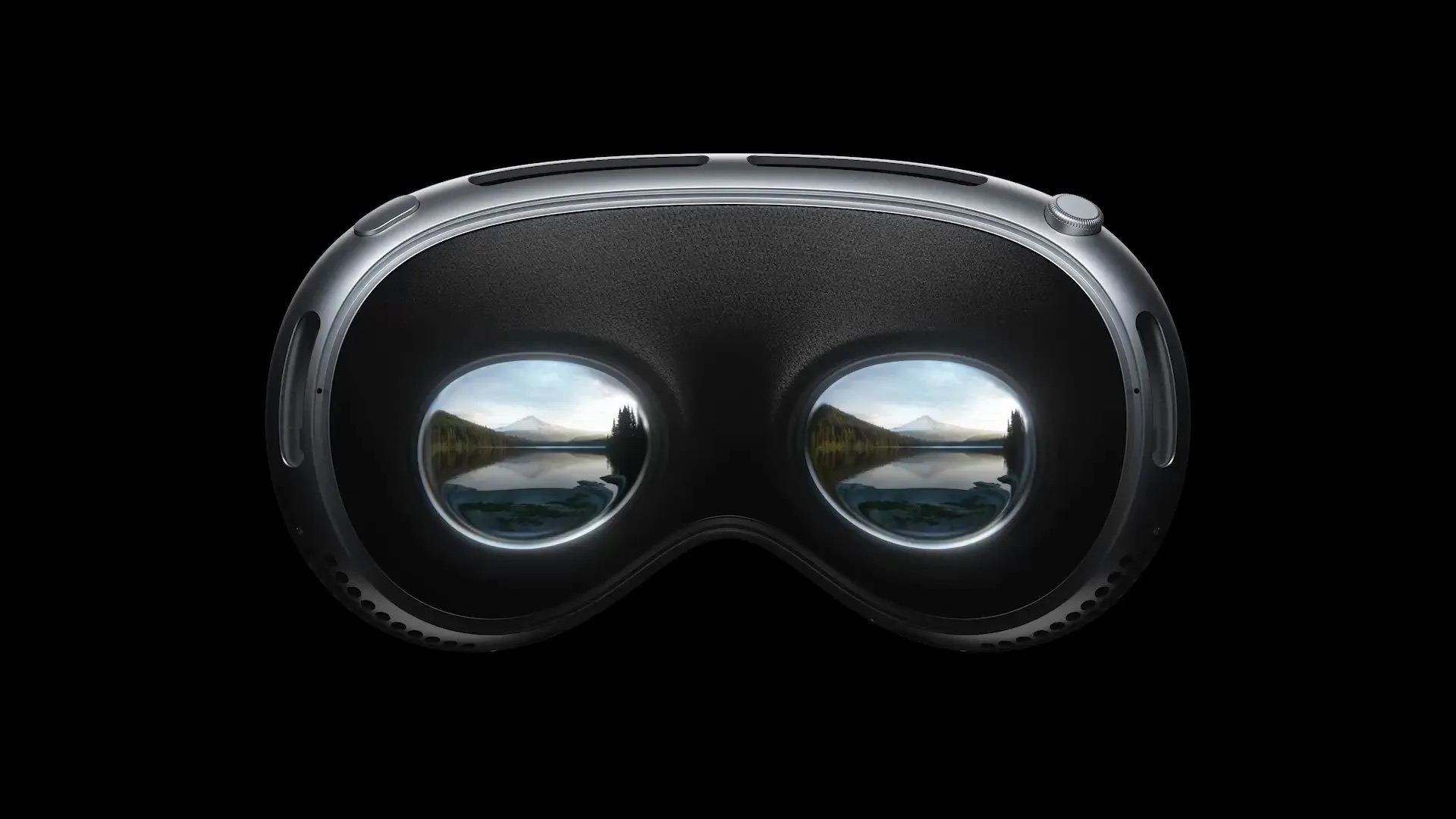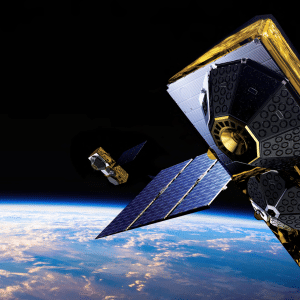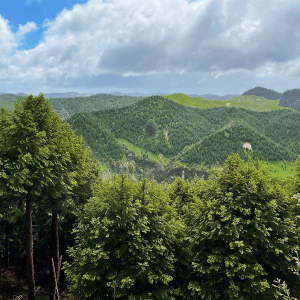This next iteration, also referred to as the device identifier N109, mirrors the sleek, curved aesthetic of its predecessor, the Vision Pro, which debuted at the Worldwide Developers Conference (WWDC) 2023. However, it introduces notable alterations, particularly in speaker and strap design, which suggests a more streamlined and potentially cost-effective model.
The most apparent change in Project Alaska is the absence of rounded speaker housings seen in the original Vision Pro. The new design showcases flat, uniform temples along the entire length of the headset. This modification points to an innovative approach to audio, potentially involving a separate audio accessory, hinted at in Project Alaska’s documentation.
The headset’s top vents have also undergone a redesign, with two distinct styles considered during development. These include a replication of the first generation’s vent design and an alternative featuring small, speaker-like holes.

Another significant shift is seen in the rear straps, which now boast a simpler, flat design, reminiscent of laptop bag straps. This change not only aligns with rumors of a more affordable price point, but also suggests easier mass production.
In addition to these design changes, Project Alaska is expected to maintain a robust array of hardware features. These include two micro-OLED displays, a TrueDepth camera, four computer vision cameras, two RGB cameras, two low light infrared illuminators, and an array of sensors and connectivity options like Wi-Fi and Bluetooth 5. An external battery pack, similar to the one used in the first-generation Vision Pro, is also anticipated.
As for its developmental timeline, the second-generation Vision Pro is currently slated for product validation testing in 2025, hinting at a possible release between late 2025 and early 2026.

While this information, sourced from a reliable informant familiar with Apple’s plans, offers a tantalizing glimpse into the future of AR/VR technology, it is important to remember that these details are subject to change as the product moves closer to mass production.













